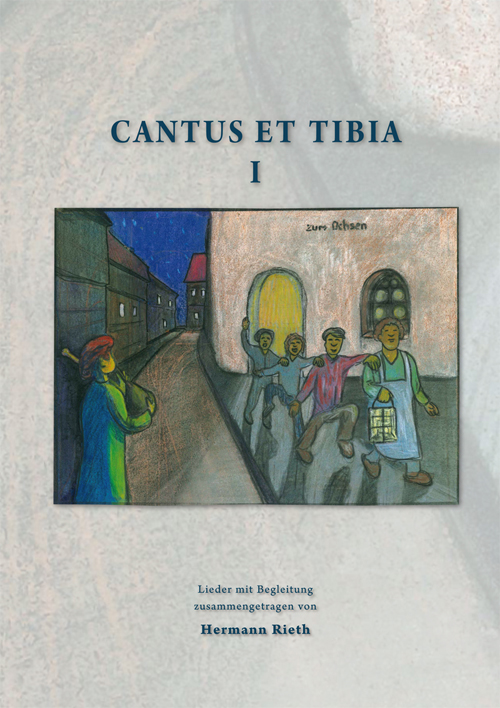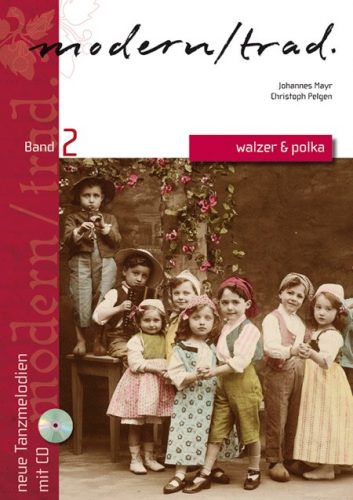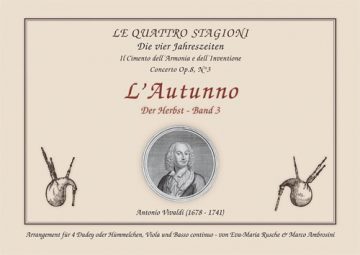Description
CANTUS ET TIBIA, singing and flute playing – this is the motto of the newly published compilation of songs by Hermann Rieth, designed in two parts. Here tibia means not only flute but rather wind instrument. The first part leads from the High Middle Ages to the Renaissance, the second continues to our time.
The presented collection was created while making music. Beginning with the high Middle Ages, songs follow up to the heyday of our bagpipes. The polyphony dates in part from the period in which the songs were written. Often, however, their own accompaniment was developed to a melody while singing and playing. The instrumental part is always kept in such a way in terms of ambitus, key and chromaticism that it can be performed with Hümmelchen and Dudey, i.e. also with Gemshorn or Cornamuse. For each song, the appropriate drone is shown in the upper left corner.
At the beginning there are three songs from Carmina Burana (CB). On this manuscript, the book of the same title by René Clementchik is a sound and easily accessible source. Text and melody of Neidhart’s “Meie, din” can be found in: E. Weißner and H. Fischer; Die Lieder Neidharts; Tübingen, 1984. For the songs of Oswald von Wolkenstein, we refer to publications by Anton Schwob, Dieter Kühn, Klaus J. Schönmetzler and Marc Lewon.
Of course, these accompanying parts can also be played by recorder, violin or any other melody instrument. And – according to old tradition – the musicians may feel free to deal with the material. Melodies can be played and accompaniments sung. Purely instrumental versions are just as conceivable as acapella performance. Previously notated or improvised preludes and interludes can be enriching.
Hümmelchen and Dudey are versatile instruments: solo, in a duet or in a quiet ensemble with flutes, violins, harp, cornamuse, gemshorn. The drone carried sound of the small bagpipes has a special charm when accompanying singing. In terms of both timbre and volume, the instrument is a good match for the human voice. The lack of dynamic possibilities of the bagpipe demands a different voice leading from the singer and gives the songs a special character.
Hümmelchen and Dudey, as Michael Praetorius describes them in 1619, are instruments of the late Renaissance and early Baroque. Surely they were played before and for a while after. From today’s point of view, it is interesting to experience how the soft sound of the bagpipe, supported by a strong drone, matches music from times when these instruments were not yet known or were no longer played.
The titles:
– Domino
– Ave nobilis
– Michi confer
– C’est la
– Virent prata
– Loybere risen
– Sia
– Estampie Nun will der Lenz
– Now the Lenz wants song
– Meie, din
– Wol auff, wir wellen
– Ach, sehnliches Leiden
– Ich spür ain tyer
– Ich far dohin
– Ich far dohin
– Der walt hat sich entlawbet
– My joy
– Heartily I rejoice
– Now all the forests rest
Order no.: 16-4
ISBN: 978-3-943060-16-4
Format: DIN A4
Number of pages: 40 pages
Cover: Softcover






Reviews
There are no reviews yet.